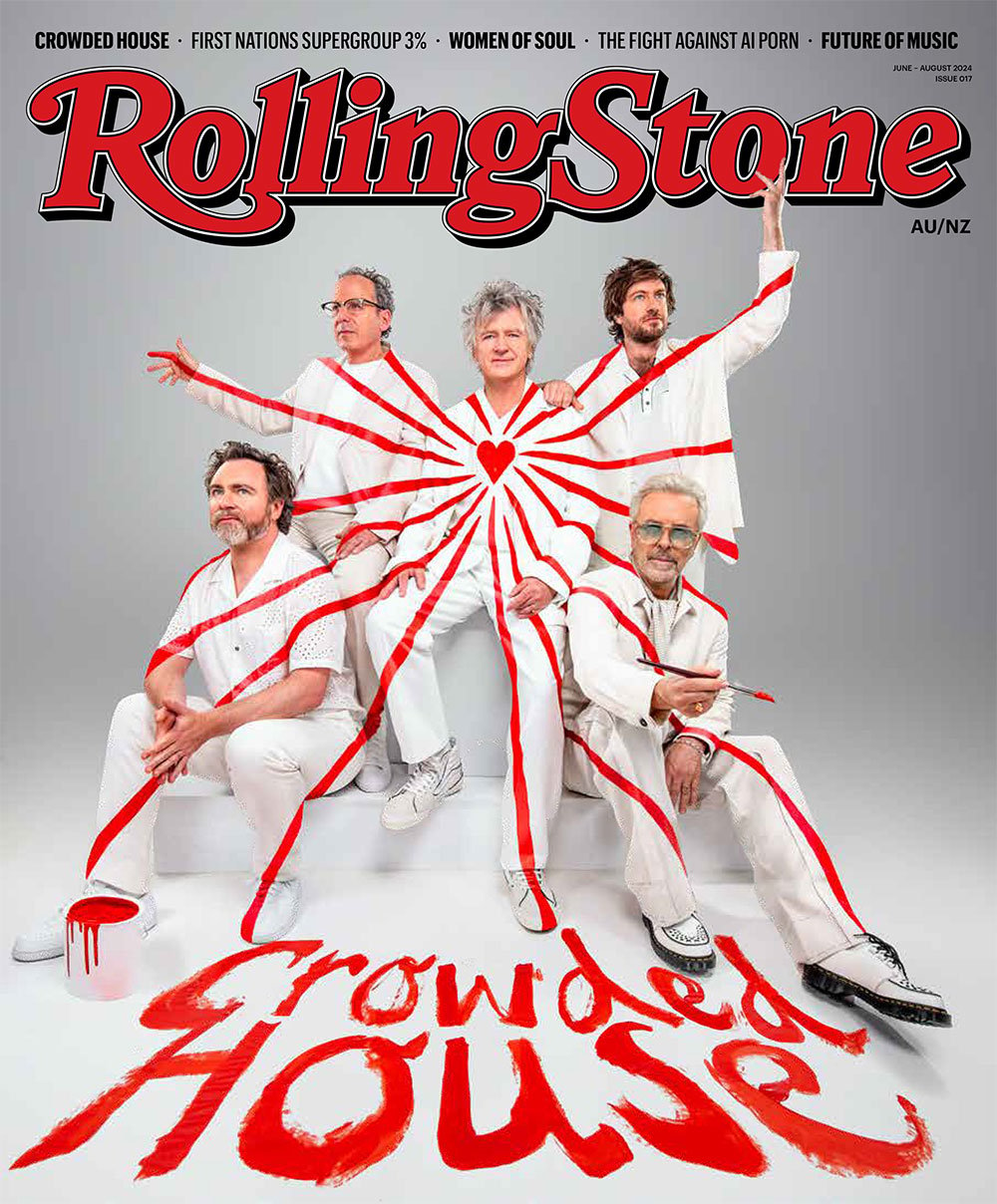Bobby Keys, the larger-than-life saxophone player who toured with the Rolling Stones for more than 45 years and played on studio classics like “Brown Sugar” and “Live With Me,” has passed away. He was 70.
“If you believe in the magic of rock & roll, which I devoutly do, it isn’t in the individual,” Keys told Rolling Stone in 2012. “I’ve played in bands with A-team players around, but unless they can play together, it doesn’t do any good.”
“The Rolling Stones are devastated by the loss of their very dear friend and legendary saxophone player, Bobby Keys,” the band said in a statement. “Bobby made a unique musical contribution to the band since the 1960s. He will be greatly missed.”
“I have lost the largest pal in the world and I can’t express the sense of sadness I feel, although Bobby would tell me to cheer up,” Stones guitarist Keith Richards said in a statement. “My condolences to all that knew him and his love of music.”
Keys was born in Slaton, Texas, where he discovered the powerful sound of bandleader King Curtis. “He approached his [sax] solos differently than your jazz cats – most of ’em were pretty snooty jazzberries who thought rock & roll was just a waste of time. But King Curtis, he played sax the way a guitar plays, like James Burton would play a lead on a song. It was how he played and how he attacked the notes and his phrasing that was different than the normal.”
In Lubbock, Keys befriended Buddy Holly, playing with him briefly as a teenager. “I kind of weaseled my way into the perimeter of the garage,” recalled Keys. “He was the first guy I heard play electric guitar and it impressed the hell out of me.”
By the early Sixties, a teenage Keys was backing pop star Bobby Vee, hitting the road on Dick Clark’s Caravan of Stars tour. “Rolling down the highway with Little Anthony and Little Eva and Major Lance and Billy Stewart and Freddy Canon. It was really cool. I was still a teenager. We played armories and gymnasiums and things like that. It was great training.”
He first crossed paths with the Rolling Stones in 1964 at the San Antonio Teen Fair. He was skeptical of the English rockers, but said, “I went out and listened to them and there was some actual rock & roll going on there, in my humble opinion.”
“You got to realize that the vision, the image, according to 1964 US Rock and roll standards, was mohair suit and tie, and nicey-nicey ol’ boy next door,” Keys said in Richards’ autobiography Life. “And all of a sudden hear comes this truckload of English jackflies singing a Buddy Holly song! Damn! I couldn’t really hear all that well, amplifiers and PAs being what they were, but man I felt it…it reminded me so much of the energy I heard from Buddy and I heard from Elvis. There was something in there that was the real deal.”
Keys reconnected with Mick Jagger at a Delaney and Bonnie session in the late Sixties. He backed them on some of the band’s most iconic albums, including Let It Bleed, Sticky Fingers and Exile on Main Street. His most famous studio moment — 1971’s “Brown Sugar” — was originally supposed to be a guitar solo, but in a spontaneous moment, Jagger and producer Jimmy Miller suggested they add saxophone.
“It was the first take – I just really shut my eyes and play,” said Keys. “I listen subliminally. I play more rhythmically than I do a lot of notes. I pull a lot of the stuff that I play off the rhythm tracks – and Keith Richards has been one of the main contributors to my inspirational playing.”
Born on the same day as Richards, the two became fast friends. Keys became Richards’ late night partner and accomplice in offstage antics, once throwing a television out of a hotel balcony in 1972. But his wild ways became even too wild for the Stones. On their 1973 European tour, he missed a commitment and Richards found him in his bathtub full of Dom Perignon. “He’s got a cigar, bathtub full of champagne and this French chick with him,” Richards recalled in Life. “And he said, ‘Fuck off’.”
Keys stopped touring regularly with the band, instead playing clubs billed as “Mr. Brown Sugar,” and joining John Lennon for his famous “lost weekend.” (He had previously recorded with the Plastic Ono Band on songs like “Power to the People.”) “Sometimes in the afternoon, I’d roll a little hash and John and I would listen to music and then he’d have to go home because [Yoko] would be getting suspicious of his whereabouts,” said Keys. “And she knew that I lived in the neighborhood and she knew that I was up no good!”
But Keys never completely slowed down.” I’ve been smoking pot for over 50 years, and I never let a day go by unless I’m in jail,” he told Rolling Stone in 2012. “I am a devout pothead. I have been, will be, don’t see a damn thing wrong with it except the cost. Legalize it.”
He played with the band off and on over the following years, but had a contentious relationship with Jagger. He finally rejoined the band for good at rehearsals for the 1989 Steel Wheels tour, when Richards snuck Keys into a rehearsal.
“He’d been out for 10 years or so, apart from some one-night gigs,” Richards recalled. “It took me that long to get him back in. And when I did, I didn’t tell anyone first….We’re going to play ‘Brown Sugar.’ I just told Bobby, when we play ‘Brown Sugar,’ come in on the solo. So it was solo time, and Mick just looked round at me and said, ‘What the fuck?’ And I just said, ‘See what I mean?’ When it was over, Mick looked at me like, well, you can’t argue with that.”
Aside from the Stones themselves, Keys was the biggest personality in the Stones’ sound. Keys continued to play with the band on their most recent 14 on Fire tour, but missed the band’s recent Australian tour. Keys was reportedly battling cirrhosis.
“But these guys, man, they’ve just got that natural thing about it,” Keys told Rolling Stone. “That’s part of the music that I come from, cause I can’t read music, I have no idea what’s gonna come out of that horn half the – I mean, I have an idea now. But I can’t read music. That’s not where I come from musically. I come strictly from feeling, and that feeling comes from rock & roll.”
Photo: Bobby Keys performs at the Highline Ballroom on August 23rd, 2012 in New York City. Credit: Brian Hineline/Corbis









































